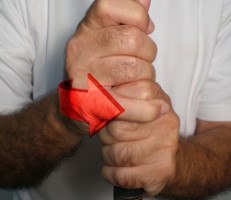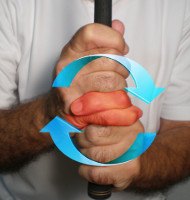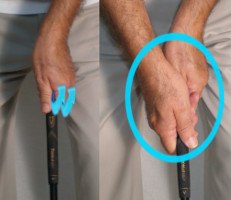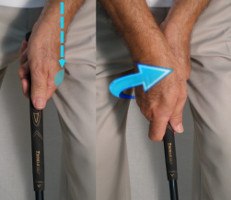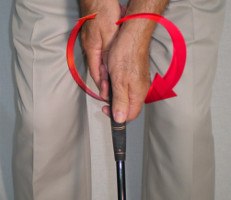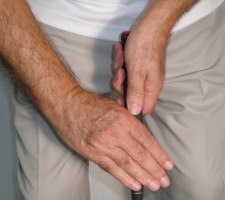Pros and Cons of Every Golf Grip Style |
Best Grip? Overlapping vs Interlocking |
Grip style: Interlocking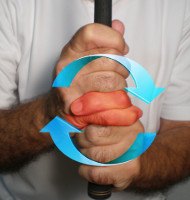 |
Hand position: Neutral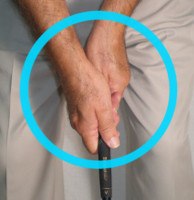 |
Putting grip style / hand position: Reverse overlap / neutral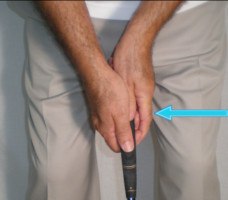
|

South Africans own some of golf’s most technically sound swings. From Ernie Els to Trevor Immelman to Louis Oosthuizen, the country’s pros make the game look simple.
Charl Schwartzel’s grip tells you he’s as well-schooled as his countrymen. The 2011 Masters champ holds the club with nearly flawless hand positions. Left hand: two knuckles showing in a face-on view, glove logo pointed a hair right of the target line. Right hand: thumb across shaft, forefinger in “trigger” mode, “V” between thumb and forefinger aimed at his sternum.
Somewhat surprisingly, Schwartzel’s power is better than his accuracy. Surprising because he’s just 5’11”, 160 pounds and employs a neutral grip, rather than the strong version many undersized players use to boost their distance. Schwartzel’s average drive is around 296 yards, while he hits a so-so 60% of fairways.
Though he’s occasionally switched to the cross-handed method, Charl Schwartzel’s grip on the putter has been conventional for most of his career. His take on the reverse overlap differs somewhat from the norm in that the left index finger covers only his right little finger; most golfers run the index finger across two or three digits on the right hand.
There’s a lesson is Schwartzel’s minor deviation. Golf, and especially putting, has a lot to do with feel. Being comfortable with the putter in your hands is more important than having a “perfect” grip, or even a perfect stroke. Experiment with hand and finger placement until you find a grip that feels right. Your putting will improve instantly.
